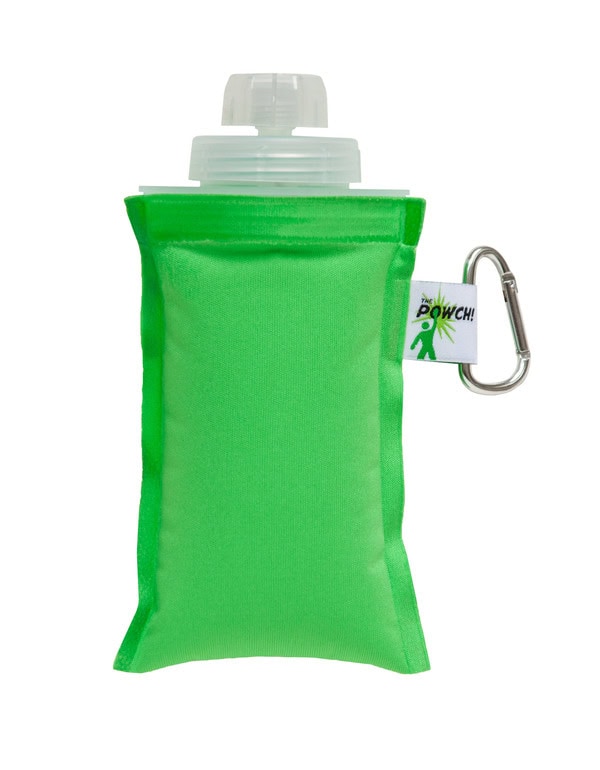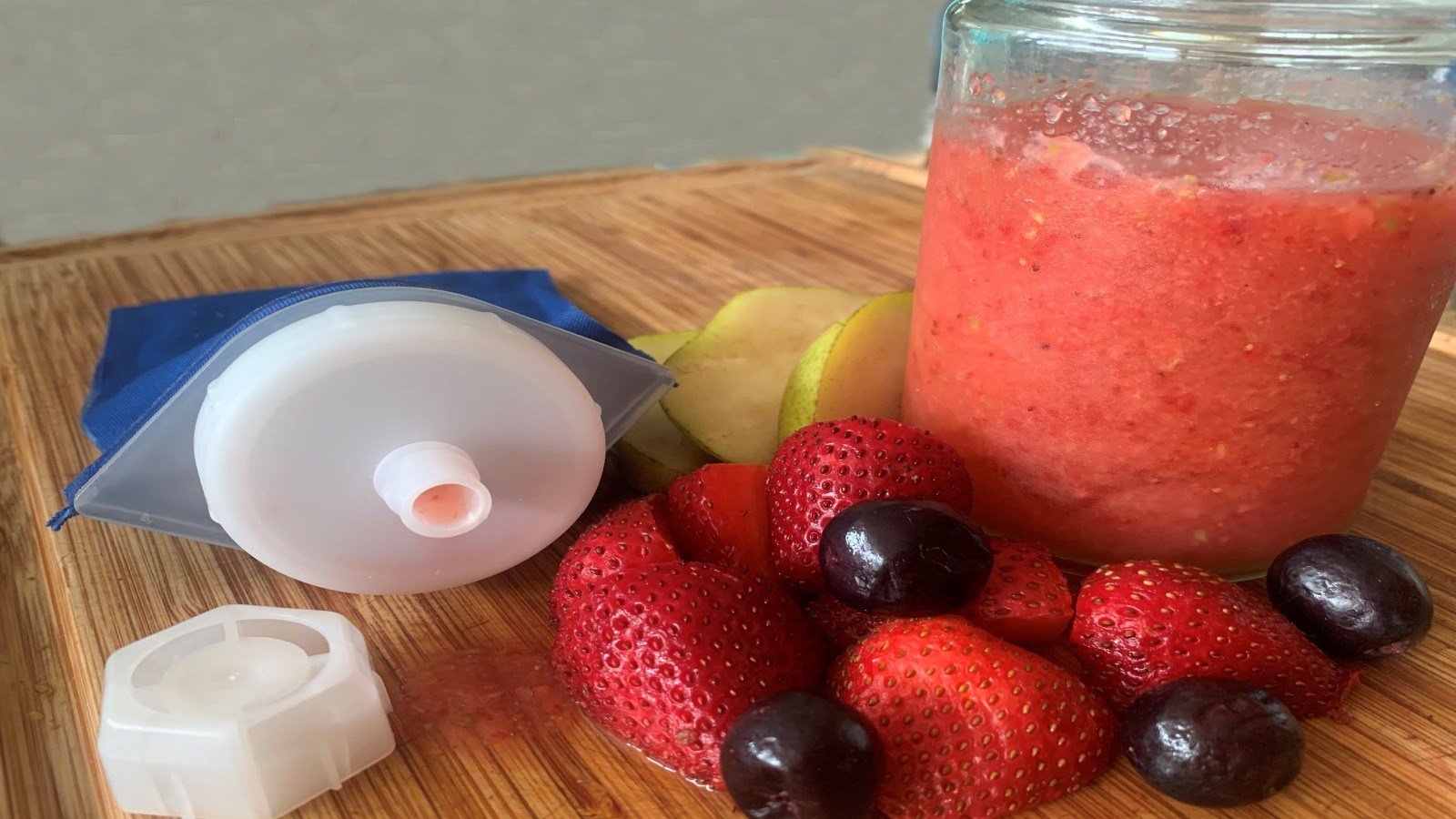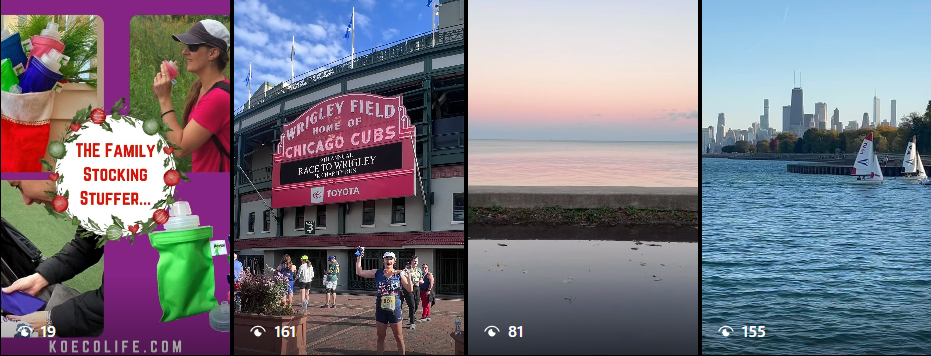Fighting for a Healthier Planet
Meet THE POWCH!TM The only collapsible, reusable, eco-friendly, multi-use container/bottle/pouch

-
Smart
-
Simple
-
Responsible.
60 Day NO RISK Guarantee
- Smart
- Simple
- Responsible.





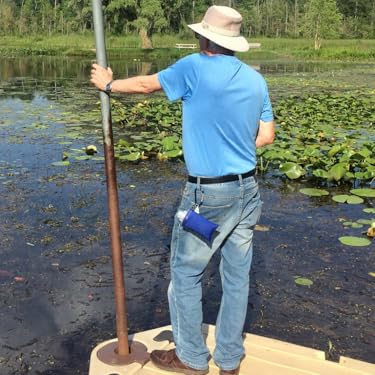
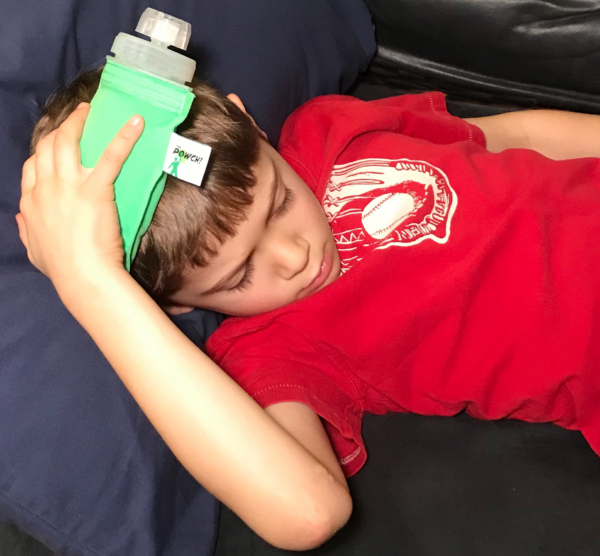
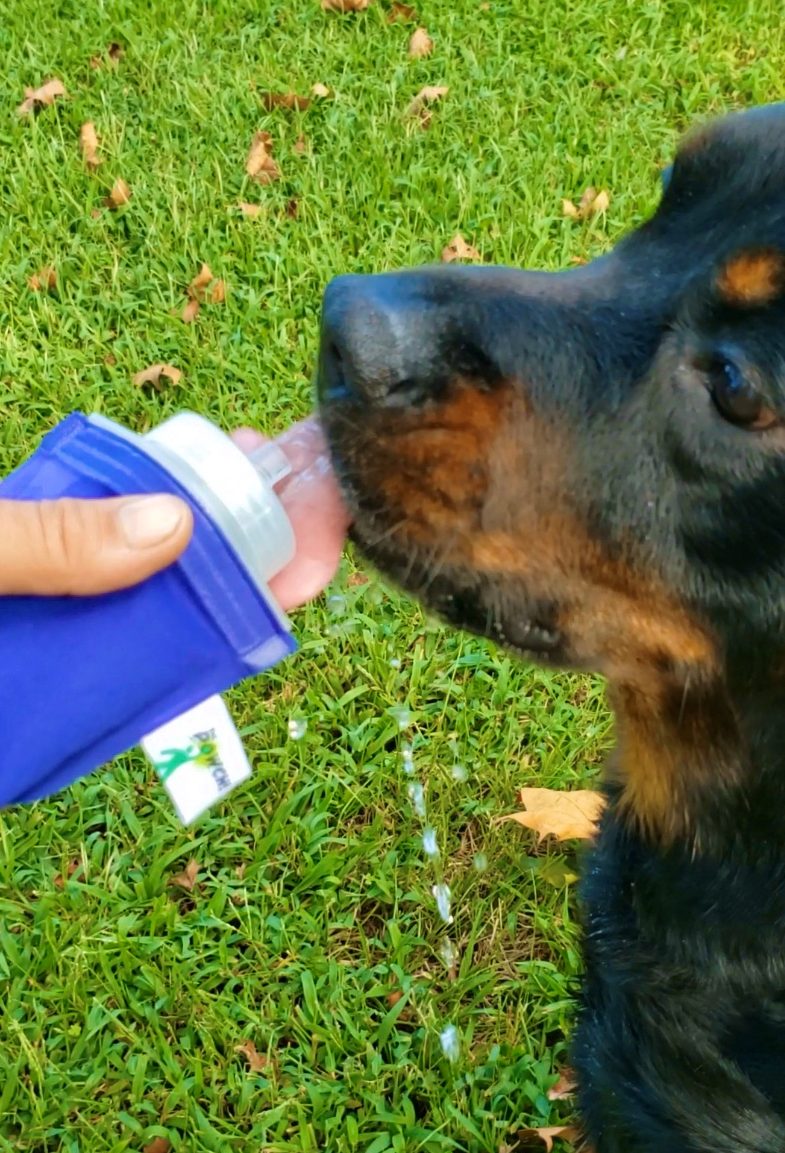




Why Buy From k.o. ecolife

Sustainability
The primary principle of k.o. ecolife is to focus on sustainability with EVERY product, process, and activity.
Read More >

Giving Back
We truly want to MAKE A DIFFERENCE with every product sold. It’s not a sales pitch. It is a primary motivator for our business!
Read More >

Safety
Every product is guaranteed BPA, lead, phthalate free and CPSIA (Consumer Product Safety Improvement Act) certified.
Read More >

Trust
Trust is the foundation of all our relationships. Without it, we would be unable to perform at a superior level of quality, service, and fun.
Read More >

Fun
Protecting the planet is serious business but we believe life is best enjoyed while having FUN! Our products are designed to be fun and functional.
Read More >
Verified REVIEWS
Explore Recipes
Cinnamon Apple Yogurt Smoothie
- 1/3 cup Yogurt
- 1/4 cup Organic Applesauce
- 1+ Tsp Cinnamon (as preferred)
- 1 TBsp Flaxseed (optional for extra fiber and protein)
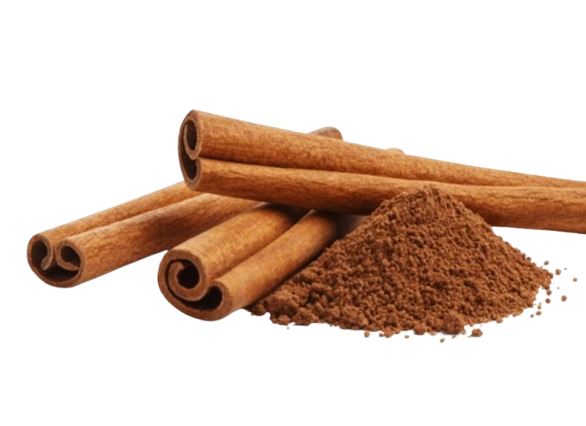
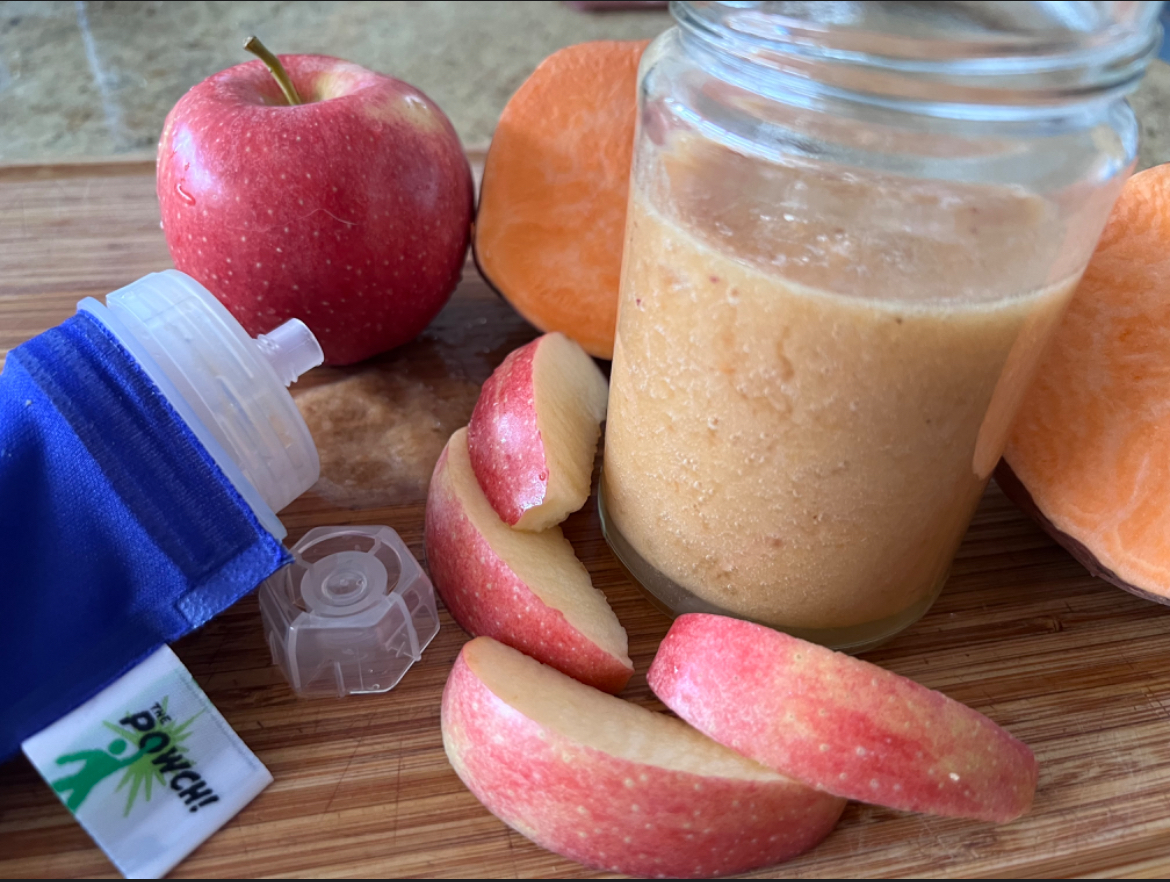
Our Blog












